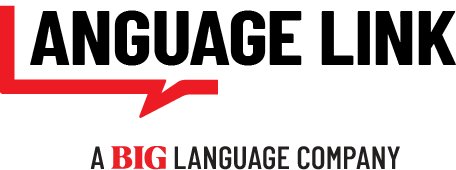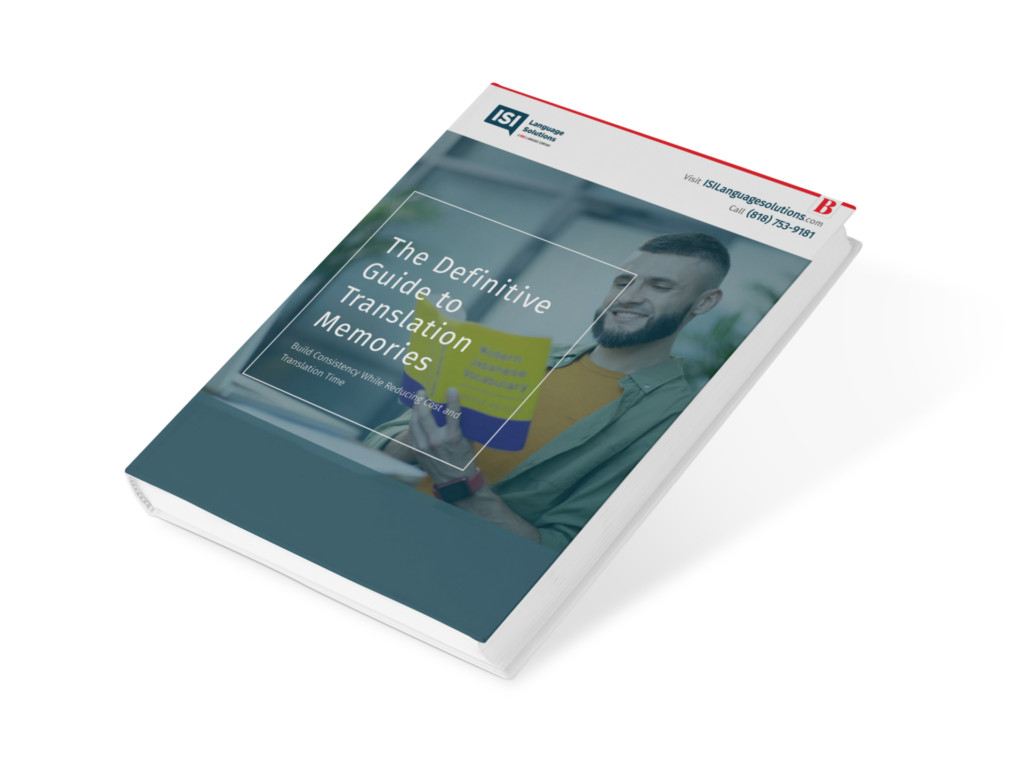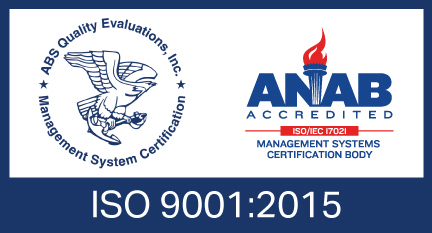Transforming into a multilingual omnichannel contact center can vastly improve your customer service. By providing multilingual support in a variety of communication channels that marry up to one another seamlessly, no matter where the customer is, and by giving them their preferred method to communicate and engage with your company, you can help broaden your appeal to a larger segment of the market. Benefits include improved customer service, increased sales, and repeat patronage, all of which leads to customer loyalty. These combined benefits are integral to sustainable long-term company growth.
What is a Multilingual Omnichannel Contact Center?
A multilingual omnichannel contact center is a contact center that has a customer service strategy in place that is focused on allowing customers, regardless of their native language, culture, and locale, to contact and engage with your business using their preferred method of communication. A multilingual omnichannel contact center provides a seamless experience for its customers, no matter what their communication method of choice, their native language, or where they are in their customer journey.
Here Are the Key Benefits of Being a Multilingual Omnichannel Contact Center
1. A Multilingual Omnichannel Contact Center Can Increase Sales
Though sales can be influenced by many factors, it is well understood that people enjoy doing business with companies that they can easily communicate with in their preferred channel of communication, no matter where they are at in the customer journey. Customers want great service and the kind of support and information that they need. Improving your multilingual omnichannel experience for your customers is achieved by offering language support across multiple channels that correspond with one another seamlessly. These include:
Over-the-Phone Interpretation
In its most basic form, Over-the-Phone Interpretation is exactly what it sounds like: having an interpreter assist your call agents helping customers with limited English proficiency (LEP). When you team up with a language service provider that offers Over-the-Phone Interpretation, your call center can access on-demand interpreters who will provide services in hundreds of languages 24/7/365.
Translation
Having your key customer service touchpoints translated into the native languages that your customers speak is essential. Communications that lend themselves well to translation include, websites, questions and answers, instructional manuals, guides, blog posts, how-to articles, chat bot scripts and press releases. By translating these materials, you are increasing accessibility for your current and future customers. Partnering with a language service provider like Language Link to translate and localize your content will help you break down those language barriers that are keeping people from becoming your loyal customers. You will be assigned a project manager who will see to it that your translations are culturally appropriate and will contribute to your efforts to create a cohesive experience for your customers, regardless of their native language, creating a brand that is universal.
Subtitling and Voiceover
Subtitling and voiceover gives your videos a passport that can help them travel to any language or locale and better serve your customers anywhere they are. With video being the preferred channel for customers to obtain information on a product or service, from discovering that product or service on through to customer sales and support, subtitling and voiceover makes your video multilingual, giving you more leverage to win customers no matter where they are in the customer journey or what native language they speak.
2. A Multilingual Omnichannel Contact Center Can Decrease Call Time
If you run a contact center, then likely you depend heavily on tele-conversations for customer sales and support. When you partner with an on-demand Over-the-Phone Interpretation service you can reduce your call time or average handle time (AHT). Calls from non-English speaking customers have the potential to adversely impact contact center average handle time, because of communication barriers. Over-the-Phone Interpretation services can eliminate this by helping you quickly overcome those barriers. Partnering with an Over-the-Phone support provider that is committed to using qualified, well-trained interpreters can decrease average handle time, and help to reduce callbacks. All of these factors contribute to better customer service and satisfaction.
3. A Multilingual Omnichannel Contact Center that Leverages Digital Channels Can Improve Overall Customer Satisfaction
Digital channels have changed the rules of engagement with customers throughout the entire globe. It is the responsibility of companies and their customer service departments to be aware and active on these channels. Whether it is responding to a customer service complaint on social media, providing a language accessible mobile app, leveraging search engines with multilingual search engine optimization (SEO) capability, or providing multilingual phone support. When you offer these services to your customers in their native languages, they are more likely to return. A report from the Common Sense Advisory found that 56.2% of consumers said that the ability to obtain information in their own language is more important than price.1
A Tip for Creating a Multilingual Omnichannel Contact Center
When creating a multilingual omnichannel contact center, you’ll want to broadly share information about how all of the channels where multilingual support is available can be accessed. This can be done by providing links on how to get to your multilingual Q & A, chat support and video tutorials or by providing a toll-free number where multilingual phone support is readily available 24/7/365. By providing multiple options that are interlinked, you’ll help customers get the answers and support they need from their preferred communication channel. When you do this, you give your company more opportunity to engage more customers, thus broadening the appeal of your brand and the longevity of your business.
References
1 Harvard Business Review. “56.2 of consumers said that the ability to obtain information in their own language is more important than price”. 2012. https://hbr.org/2012/08/speak-to-global-customers-in-t (accessed June 16, 2020)








